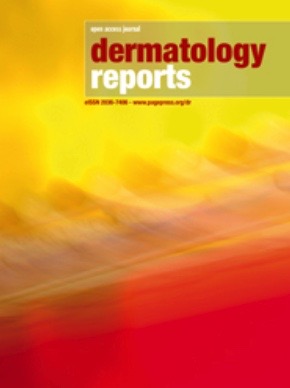Stevens-Johnson syndrome and toxic epidermal necrolysis in Saudi Arabia: a retrospective cross-sectional multicenter study
All claims expressed in this article are solely those of the authors and do not necessarily represent those of their affiliated organizations, or those of the publisher, the editors and the reviewers. Any product that may be evaluated in this article or claim that may be made by its manufacturer is not guaranteed or endorsed by the publisher.
Authors
Stevens-Johnson syndrome (SJS) and toxic epidermal necrolysis (TEN) are a spectrum of life-threatening mucocutaneous conditions. Despite having a lower incidence rate than other dermatological conditions, SJS/TEN has a high mortality rate. SJS/TEN is usually caused by newly administered medications, particularly antibacterials and anticonvulsants. Little research data on SJS/TEN in Saudi Arabia has been published. We aimed to bridge this gap by reviewing and investigating the etiologies, risk factors, interventions, and outcomes of patients diagnosed with SJS/TEN. This is a retrospective cross-sectional study conducted in National Guard Hospitals in Riyadh and Jeddah from January 2015 to July 2023. We reviewed all dermatology medical records diagnosed as SJS/TEN through clinical assessment and histopathology, confirmed by a dermatology consultant. Additionally, we excluded all non-Saudi patients and those referred to our center with outside reports without histopathology from the national guard hospitals. This study included 25 patients diagnosed with the SJS/TEN spectrum between January 2015 and July 2023. Nearly two-thirds of the patients were male (n=15, 60%), and the average age was 45.96 years. Almost half of the culprit agents were antibiotics. Six of the 25 patients died (24%). Four were males, all over 50 years old, and one female was 6 years old. All these patients had TEN, except for one with SJS. Septic shock was the cause of death in 4 patients. Given the evident high risk for patients contracting this condition, prospective research and analysis to understand the correlation between SJS/TEN, mortality, and treatment are warranted.
King Abdullah International Medical Research Center, Riyadh; Division of Pediatric Dermatology, Department of Pediatrics, King Abdullah Specialized Children’s Hospital, Ministry of National Guard Health Affairs, Riyadh, Saudi Arabia.
How to Cite

This work is licensed under a Creative Commons Attribution-NonCommercial 4.0 International License.








